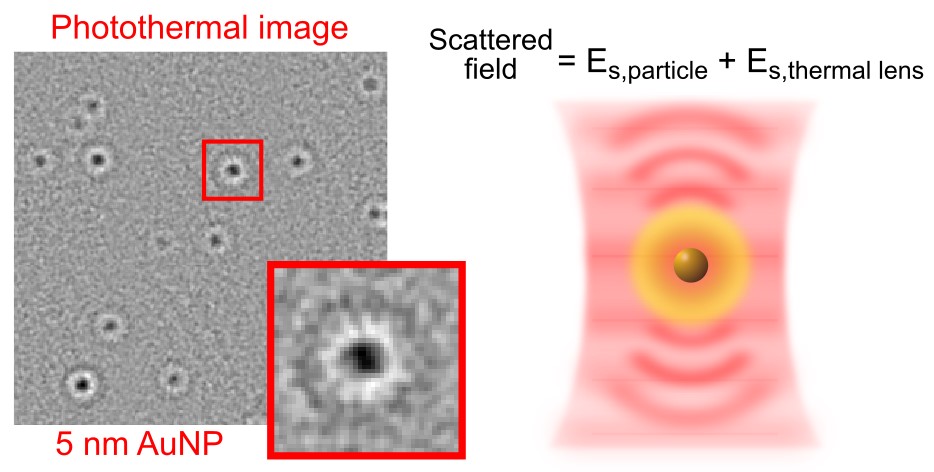
2021
-
Yu-Chien Huang, Te-Hsin Chen, Jz-Yuan Juo, Shi-Wei Chu, Chia-Lung Hsieh*, ACS Photonics 8(2), 592–602 (2021) Website Quantitative imaging of single light-absorbing nanoparticles by widefield interferometric photothermal microscopy

